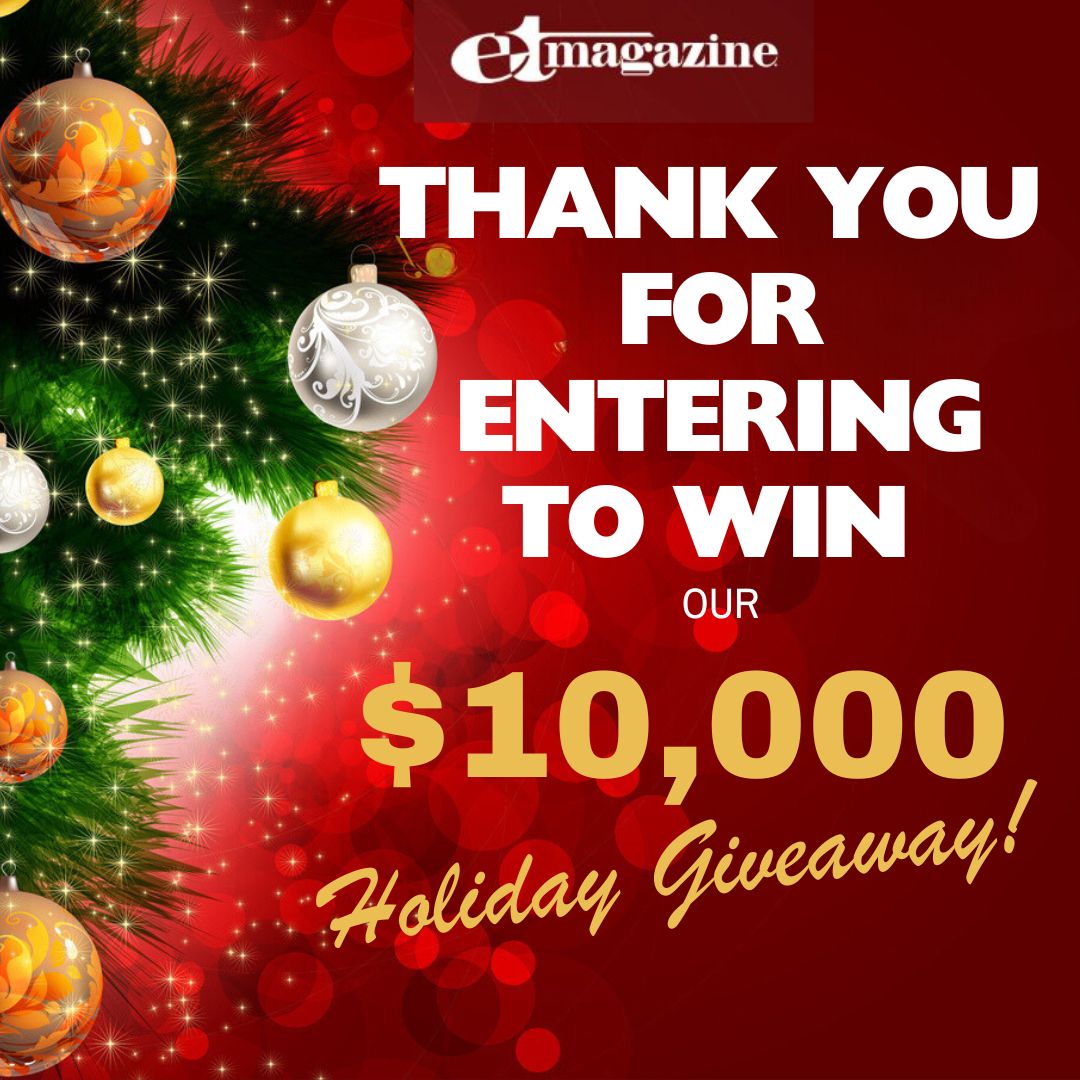|
The Centers for Disease Control and Prevention estimates between 3,000 and 49,000 deaths and more than 200,000 hospitalizations each year depending upon the severity of the flu season. People at high risk for developing flu-related complications include children under 5, adults 65 or older, pregnant women, residents of nursing homes and other long-term care centers, and people who have medical conditions such as asthma, chronic lung disease, heart disease and blood disorders.
Getting a flu vaccine and taking anti-viral medications as prescribed if you do contract the flu are two ways the CDC advocates stopping the spread of flu germs. Another vital factor in protecting yourself from the flu is preventing its spread.
The flu is a respiratory infection accompanied by fever and often respiratory complications that is transmitted from person to person, either through personal contact, or through contact with a contaminated surface. Individuals who have contracted the virus are contagious at least one day prior to displaying symptoms, and up to seven days after they first appear.
In addition, the flu virus can survive up to 48 hours on stainless steel and plastic surfaces, and up to 12 hours on cloth, paper and tissues. Properly cleaning and disinfecting can minimize the chances of individuals contracting the virus from a contaminated surface.
Prevent contamination
• Clean any visible soil from surfaces before disinfecting. When cleaning and disinfecting, work from top to bottom and from cleaner to more heavily soiled surfaces.
• Thoroughly wet the surface with a U.S. EPA registered disinfectant and follow label instructions. Choose disinfectants effective against the flu virus, such as Ecolab’s line of disinfectant products, which are available for institutional and industrial use.
• Disinfect frequently touched hard surfaces often, including tables, chairs, light switches, door handles and restroom facilities.
• Give special attention to frequently touched surfaces in food preparation areas, as well as the restroom, including light and air control switches, faucets, toilet flush levers, door knobs and handrails.
• Avoid touching public items that sustain heavy use, such as elevator buttons and push plates on doors, with your hands.
Proper hand hygiene
Hand-washing is also essential to preventing an influenza contamination. Proper hand-washing helps remove most bacteria, viruses and other pathogens, so they can’t be spread to others. The CDC recommends these steps:
• Wet hands with clean, running water (warm or cold), turn off the tap and apply soap.
• Rub hands together to lather the soap. Clean the backs of hands, between fingers and under nails.
• Scrub for at least 20 seconds.
• Rinse well under clean, running water.
• Dry with a clean towel or air dry.
• Before using hand sanitizer, remove any dirt from hands with soap and water. Apply product to palm and rub hands together until it disappears (15-20 seconds).
Education is the first step in promoting effective hand hygiene. But the real challenge is motivating others to wash frequently and follow protocols day in and day out.
• Use soaps that are gentle on hands. Formulations that irritate skin may dissuade even the most dedicated hand-washer.
• Be a role model and wash your hands following the same high standard you set for your family and coworkers.
• Continuously reinforce that protection starts with prevention, and hand-washing is critical to prevention.
Extra care in the kitchen
Because flu and cold viruses can spread easily to foods and beverages, it’s especially important to promote hand-washing in the kitchen.
For additional information on how Ecolab can help you and your business prepare for the flu season, visit ecolab.com/pages/flu.
(Family Features)
|













 20 lucky winners will win $500 each in prizes totaling $10,000.
20 lucky winners will win $500 each in prizes totaling $10,000. 